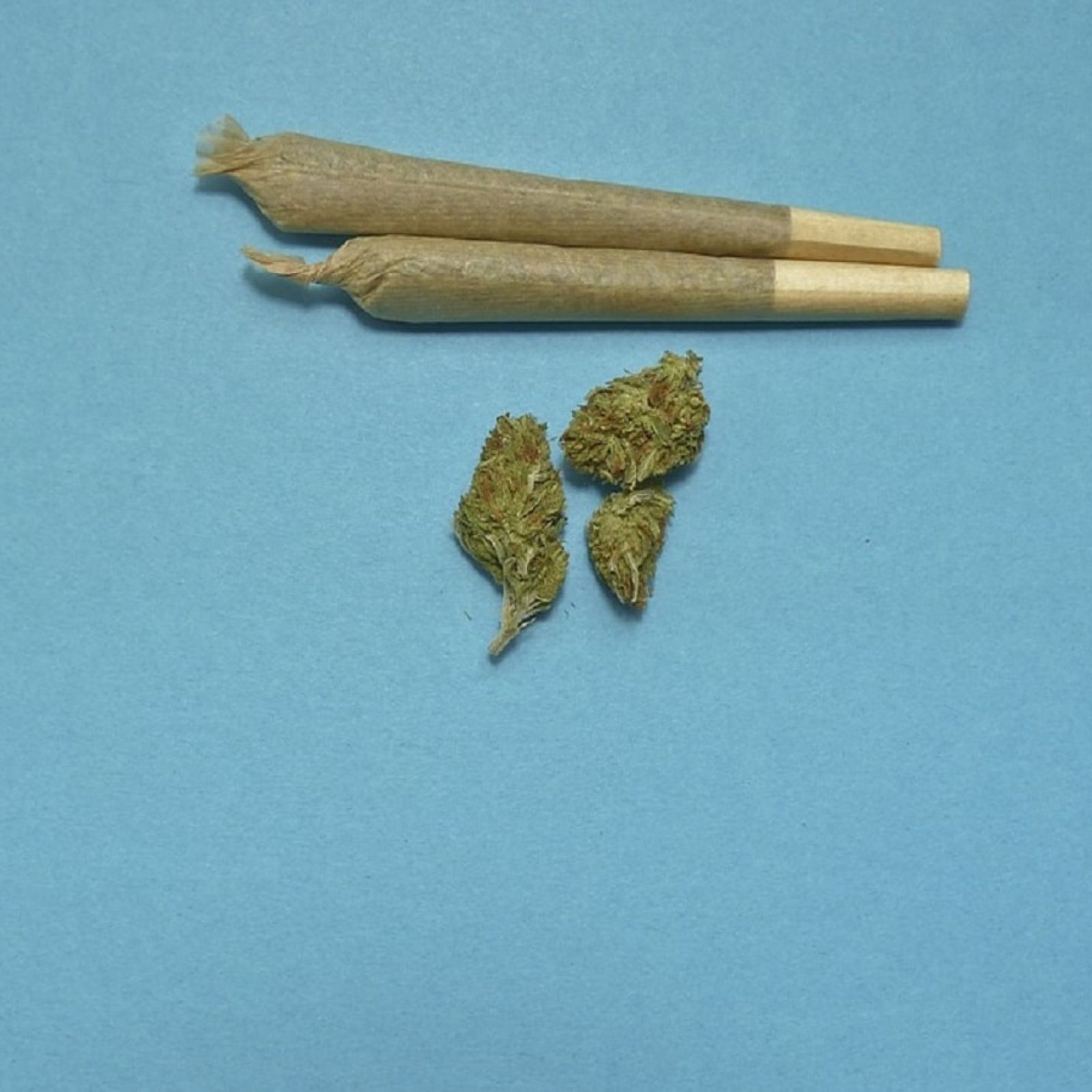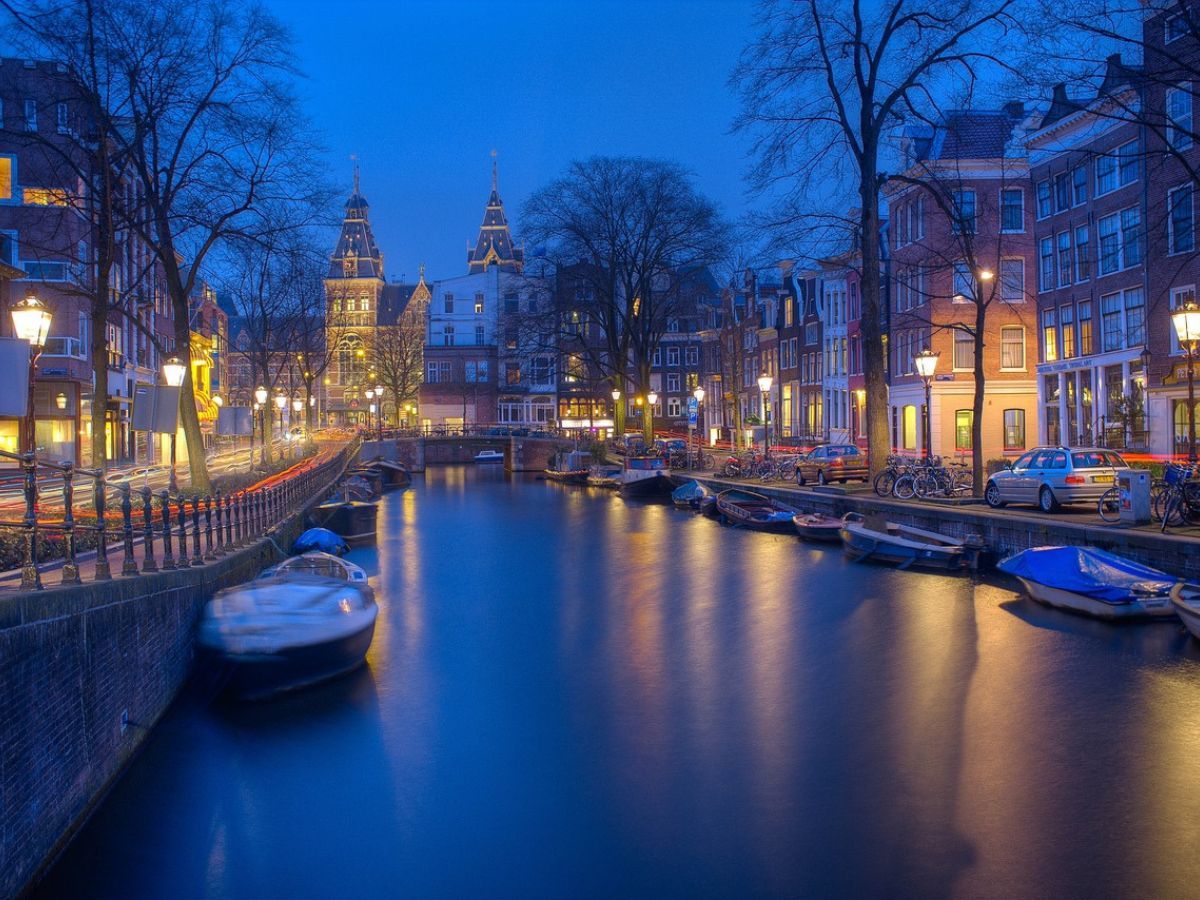
Will Amsterdam’s New Cannabis Smoking Ban Become A Trend?

Will Amsterdam’s New Cannabis Smoking Ban Become A Trend?
Amsterdam is one of the most popular cannabis tourism destinations on earth, and for many years, the European city was the undeniable world champion of social cannabis use. It’s not a coincidence that the Cannabis Cup was held there, and only there, for a long time. Yet, in recent years Amsterdam has ceded ground to several other cities when it comes to cannabis tourism, and thanks to a pending policy regarding outdoor cannabis use, it’s possible that Amsterdam could become even less popular with cannabis tourists in the near future.
Starting in May, a new policy will take effect that bans outdoor cannabis consumption in Amsterdam’s famous Red Light District. It is estimated that 18 million tourists visit Amsterdam annually, and tourism activity in the Red Light District has yielded complaints from local residents, including complaints about the smell of smoked cannabis in the area. In addition to the cannabis smoking ban, Amsterdam is planning on toughening rules related to alcohol sales, as well as limiting bar and brothel hours.
Smoking As A Nuisance And Public Health Concern
Some people, myself included, do not mind the smell of cannabis. I live in the State of Oregon where cannabis is legal, and while public consumption carries a fine, smelling cannabis smoke while I am walking around town is still very common. I personally enjoy the smell of it and it makes me smile. However, my opinion is just one of many, and there are many people that do not like the smell of cannabis smoke, or any other type of smoke for that matter. People that do not like the smell consider it to be a nuisance, especially if the smell is constant, which I’d imagine is the case in Amsterdam.
In addition to people that do not like the smell of cannabis smoke outright, there are also people that do not like being around smoke due to health concerns. They may wish to avoid secondhand smoke for general health concern reasons, or it could be due to a diagnosed condition that is harmed by secondhand smoke. It is worth noting that cannabis smoke is not the same as tobacco smoke, however, much of the public likely doesn’t know that, and thus their concerns remain.
Late last year New Zealand passed the world’s first ban on tobacco cigarette sales, prohibiting retailers from selling cigarettes to anyone born on or after January 1, 2009. Obviously, some people will still be able to purchase cigarettes in New Zealand, but eventually the ban will apply to everyone as the nation’s population ages. The justification for the ban is public health concerns, and that, coupled with nuisance concerns related to smoke could result in similar policies spreading to other parts of the globe. Being that cannabis is also smoked, in theory, similar policies like what is in Amsterdam could be pursued in other jurisdictions, as well as prohibited sales of smokable forms of cannabis potentially, akin to the prohibition on tobacco sales in New Zealand.
Smokeless Forms Of Cannabis
Public cannabis consumption laws vary around the world, with most jurisdictions still treating such acts as crimes. Although, most of the charges that relate to public consumption crimes are based on the act of possession, not use. As prohibition is replaced with legalization, public consumption bans will shift from being based on possession prohibitions to consumption prohibitions. The difference is nuanced, but very important from an enforcement logistics standpoint.
Even in jurisdictions where cannabis is currently legal for adult-use, public consumption is still prohibited, albeit usually a fine versus a crime. Nearly all of the time, the way public use is detected is via the smell of smoke, and to a lesser extent, vaping. And yet, inhaling cannabis is only one of the many ways to consume it.
These days in a growing number of jurisdictions a wide variety of cannabis products are legally available, including edibles, topicals, beverages, transdermal patches, and other emerging smokeless methods of consumption. As those smokeless products increase in availability and popularity, concerns regarding cannabis smoke will become less prevalent. After all, would anyone in Amsterdam’s Red Light District care if someone was eating a cannabis-infused gummy or wearing a cannabis transdermal patch? How would anyone even know?
Share article
Ticket Prices increase
JANUARY 28

Ticket Prices increase
JANUARY 28

Ticket Prices increase
JANUARY 28
Join Our Awesome Community
Join Our Awesome Community
Join Our Awesome
Community
Get all the latest industry news
delivered to your inbox




